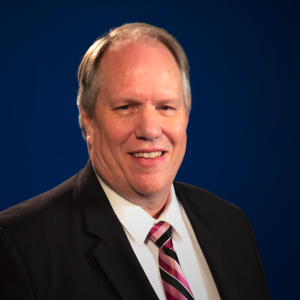MISSOULA — US Forest Service managers are lighting off more prescribed burns in Idaho.
But they're explaining the burns are being done in controlled conditions, taking wildfire smoke impacts into account.
The New Perce-Clearwater National Forest have plans to burn a maximum of 14,000 acres in the coming weeks if conditions permit.
It's all part of the on-going effort to manage the vast forest lands on the west side of the Bitterroot Divide and cut the risks of catastrophic wildfires.
"We've actually been doing these, what we call summer burns, for over 10-years now. And the reason why we do them in the summer is because the fuels that are in typically wetter areas are only available at about this time of year," Nez Perce Clearwater National Forest spokesman Gregg Goodland said.
"So what helps with that then is if we get the conditions that are favorable for lighting a fire then we're going to go after those acres. And with this different tactic, that we light the ridge lines and allow the fires to burn down the slope then we have the opportunity to allow that fire to burn naturally and less intense," he added.
Goodland says the process is perfect for the rough, inaccessible terrain in the Central Idaho backcountry. Helicopters use fuel filled ping pong balls for aerial ignition, lighting just a few acres which then burn more gradually to the total acreage in the burn.
Unfortunately, that can mean more smoke pouring into the Missoula and Bitterroot valleys, such as happened Wednesday night with a burn on the North Fork of the Clearwater.
But Goodland says the Forest Service takes those impacts into account, carefully considering weather and other conditions before the burns are ignited.
"Obviously we don't want to do that. But we're in a position where we need to be able to continue with the treatments. So we work very closely with the Montana Department of Environmental Quality as well as the Idaho Department of Environment Quality, and we adjust our burn plans according to the models that they run so we can lessen the impacts," Goodland said.
"And that was the case in both the Moose Kelly and Barnard Junction prescribed burns. We dropped planned average significantly."
Unlike an out-of-control wildlife which can produce choking smoke for days and weeks, most of the prescribed burns will only generate heavy smoke fo a much shorter time.
Burning is expected to continue into September, until wet weather puts and end to the operations.




